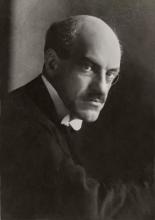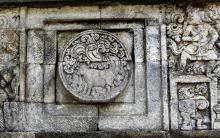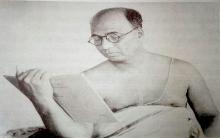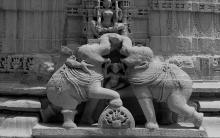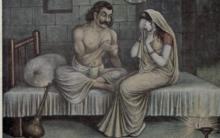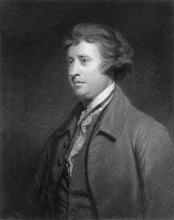Upon hearing Dharmarāja's request, asking them to stay back in the kingdom, Dhṛtarāṣṭra replied – “Son, my heart has turned towards tapas. It has come down to us as a family tradition to take to the forest at a ripe old age like ours. You all have taken care of us well. I am now old. Please let me go!”
Addressing Vidura, Sañjaya, Kṛpa and the others who had surrounded him, he said – “Please ask Dharmarāja to permit me to go. I feel dull. My mouth has gone dry for having spoken for so long and also due to my old age!”




